
English (Global)
Article
Types and Benefits of Refractory Ceramic Fiber Coatings and Mixes
Learn about the types and benefits of refractory ceramic fiber mixtures and coatings. These wet products, such as pastes and cements, improve energy efficiency in high temperature industrial processes
By Mauricio Díaz
Technical, Process and Continuous Improvement Manager VF
In modern industry, energy efficiency has become a critical aspect. Increasing the useful life of equipment and avoiding operational downtime benefits the environment and optimizes operating costs. A fundamental way to achieve this is to minimize heat losses in industrial equipment and processes.
Refractory ceramic fiber coatings and mixes (wet products) are crucial. In this article, learn what they are and how they can benefit your industrial processes.
What are coatings and mixes?
These products offer moldable insulation solutions in various forms, including pastes. Typically, they are prepared using an industrial mixer, combining water, ceramic fiber, and other additives to achieve the desired physical properties.
Some of these products incorporate a vegetable dye that aids their application and inspection. Green is standard, but other colors can be requested to suit specific needs.
Types of refractory ceramic fiber coatings and mixes
Leveraging extensive experience, NUTEC manufactures a diverse range of wet products categorized by their type and application.
Moldable products
These products possess a malleable consistency, allowing for effortless shaping with manual tools such as spatulas. Their user-friendly nature makes them a preferred option for exterior repairs and maintenance tasks. In some cases, they can even act as a sealant, effectively repairing cracks and preventing further damage.
Additionally, these ceramic pastes excel in lining channels that transport molten metals, demonstrating exceptional resistance to high temperatures without compromising their integrity.
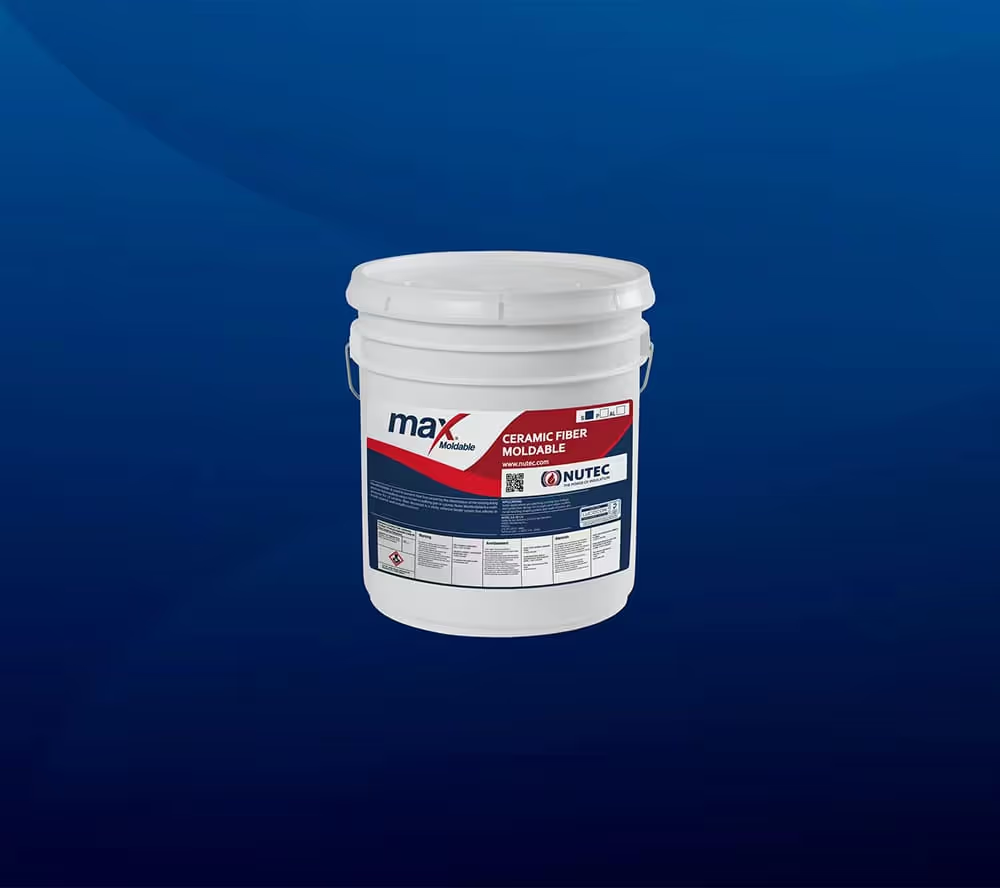
Pumpable products
Pumpable products are fluid-like materials that can be pumped and applied using specialized guns connected to hoses.
Their primary application is in the quick repair of operating equipment, as the heat generated during the application process aids in the drying and hardening of the ceramic coating.
These materials are injected into predrilled holes or cracks on the equipment's surface.
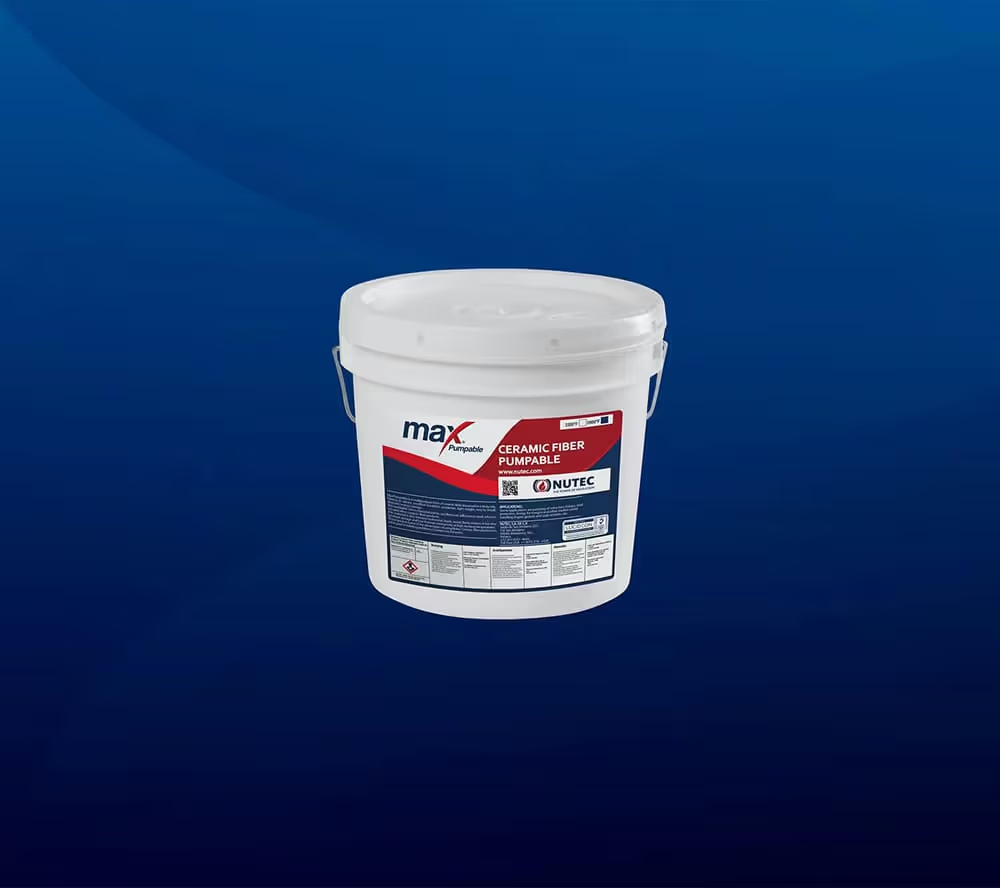
Rigidizing products
Rigidizing compounds enhance the hardness and resilience of insulating materials, particularly ceramic fiber blankets. By stiffening the fibers, these compounds extend the service life of the insulation and minimize erosion caused by hot gases.
Additionally, they curtail the release of fiber particles into the surrounding environment, promoting safer working conditions and preventing product contamination during manufacturing processes.
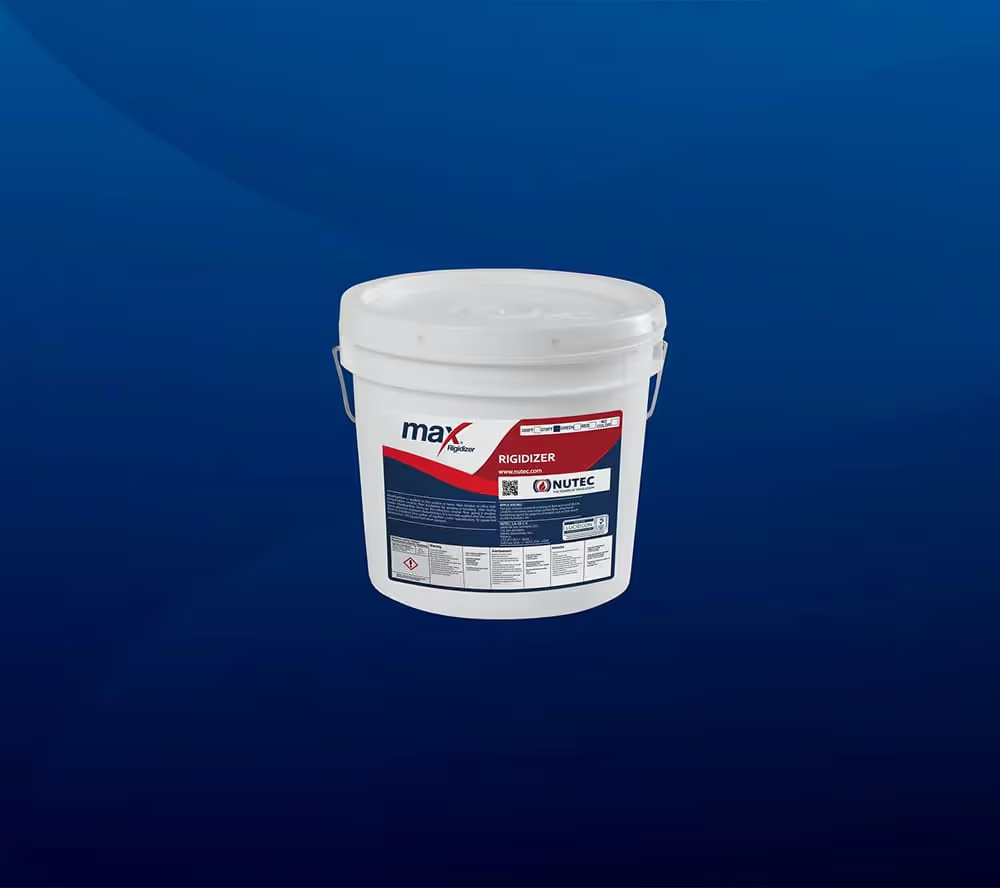
Coatings
Ceramic fiber coatings serve a dual purpose: repairing the thermal insulation of a furnace and preventing wear before its first operation. Among the various formulations available, SealCoat stands out for its ability to protect the outer surface of installed fiber modules from abrasion and erosion caused by combustion gases.
In essence, these coatings play a pivotal role in extending the integrity and lifespan of the insulation.
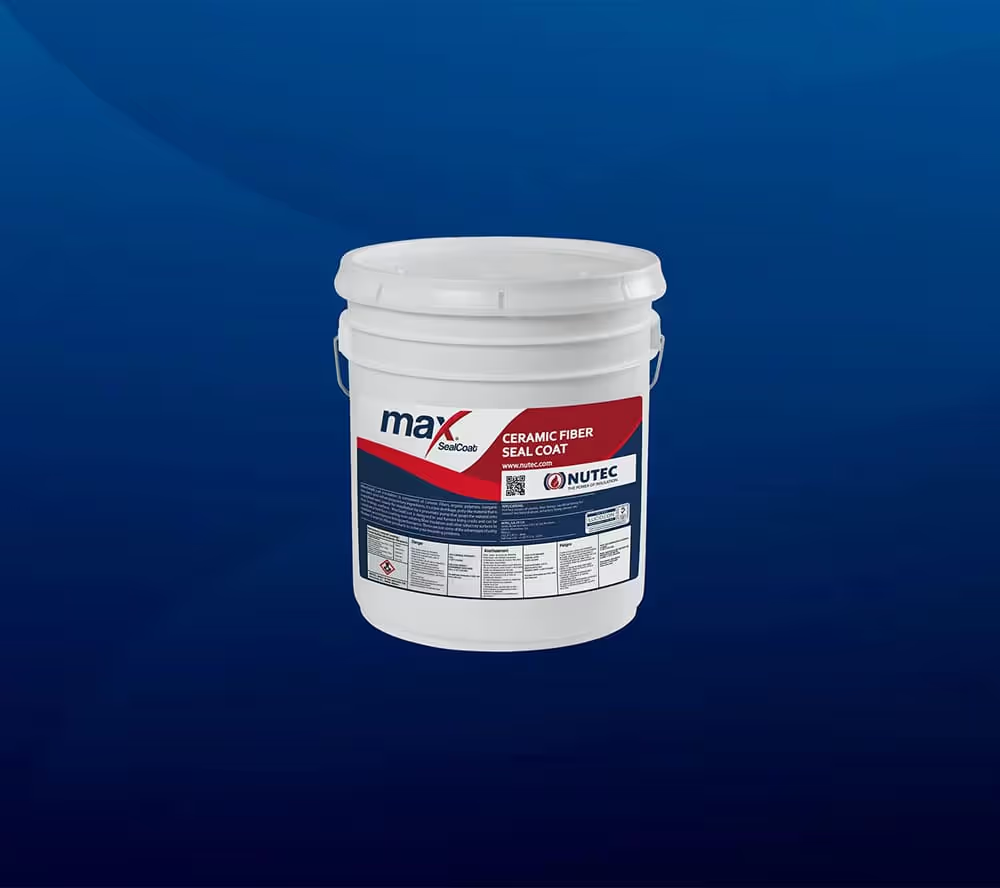
Cement products
These are adhesives to bind insulating materials, such as blankets or boards, to metal surfaces. They can also be used to join insulating materials, offering application versatility.
The cements exhibit a thick, creamy consistency, making them suitable for application with a brush or spatula. They can be diluted with water for broader coverage and then used to coat various refractory materials. Once dried, they form a hard, abrasion-resistant layer, ensuring long-lasting performance.
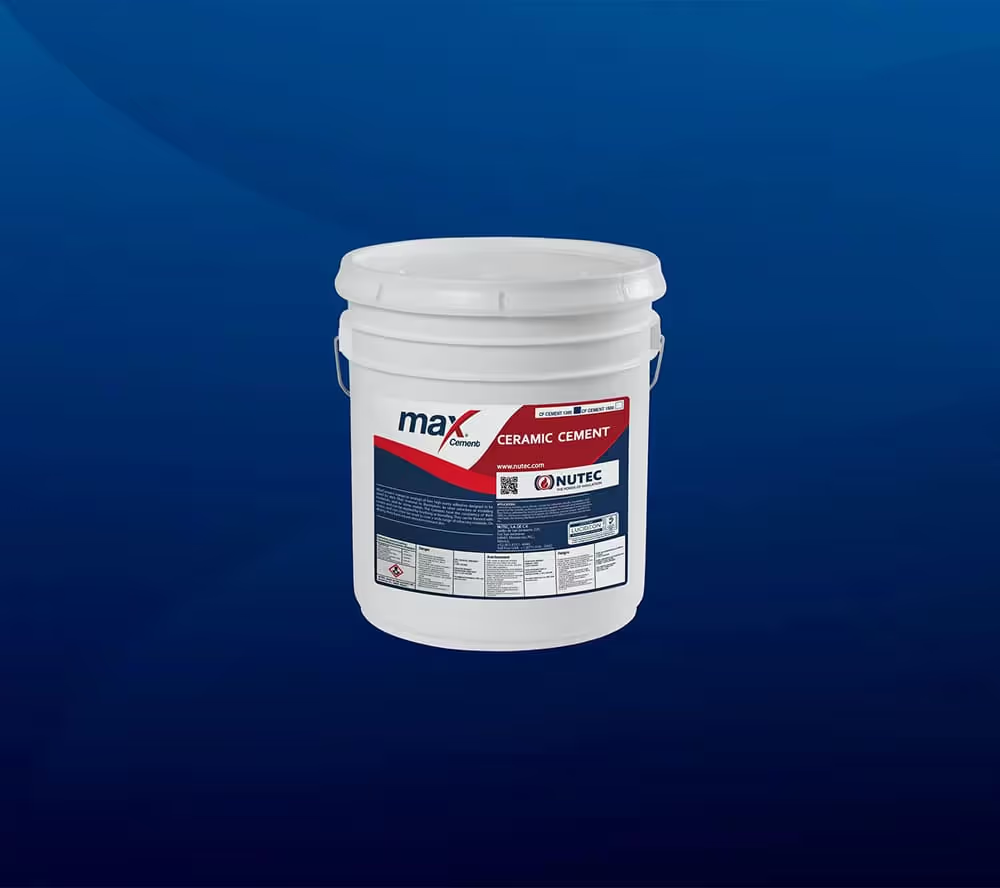
How are wet products made?
While ceramic fiber remains the primary component, NUTEC employs ceramic fiber blankets instead of introducing alumina, silica, or zirconia.
These blankets are meticulously cut to specific dimensions before being ground and thoroughly blended with a combination of solid and liquid mineral ingredients.
Benefits of refractory ceramic fiber
Compared to conventional materials, ceramic fiber products boast a range of superior attributes:
- Exceptional Temperature Resistance: Ceramic fiber products can withstand temperatures up to 2550°F (1400°C), making them suitable for high temperature environments.
- Outstanding Thermal Insulation: With low thermal conductivity, ceramic fiber products effectively prevent heat transfer, contributing to energy efficiency and cost savings.
- Enhanced Durability: Ceramic fiber products exhibit exceptional abrasion and thermal shock resistance, ensuring long-lasting performance, even under demanding conditions.
- Inherent Fire Safety: Ceramic fiber products are inherently incombustible and do not emit toxic fumes in case of fire, promoting safety in workplace environments.
- Ease of Application: These products are ready to use, eliminating the need for mixing or preparation, and streamlining installation processes.
These remarkable characteristics make ceramic fiber products an ideal choice for repairing or augmenting the insulation of various equipment, including furnaces, boilers, pipes, and storage tanks.
Their application effectively enhances thermal efficiency, reduces energy consumption, and extends maintenance intervals.
Considerations
Although these are high-quality products, there are certain factors to consider:
- Shelf Life in Storage. Due to their aqueous composition, these products have a maximum shelf life of six months before becoming unusable. This means maintaining just small inventories and manufacturing them to order.
- Freezing. Low temperatures can irreversibly damage these materials, so protecting them from extreme cold during transport and storage is crucial.
- Appropriate Equipment. Pumpable products require abrasion-resistant hoses capable of withstanding extreme injection pressures.
- Expert Application. To ensure maximum effectiveness and safety, it is recommended that trained personnel carry out installation.
Considering these precautions, NUTEC refractory ceramic fiber coatings and mixes are ideal solutions to reduce energy consumption and costs throughout the industry.
Their superior thermal insulation properties and high temperature resistance make them valuable for various applications. Businesses can significantly reduce energy consumption, extend maintenance intervals, and enhance operational efficiency using these products.
With proper storage, handling, and application, NUTEC refractory ceramic fiber coatings and mixes can provide long-lasting performance and significantly save costs over time.
Contact us today for expert engineering solutions that can withstand the most demanding high temperature applications.
Want to know more?
At NUTEC, we are committed to providing you with valuable content that helps you make informed decisions for your business. Thank you for taking the time to read this entry and we hope it provided you with insights that you can apply to your operations.
If you have any questions or would like to learn more about our products, please don’t hesitate to contact us.
To get in touch, simply fill out the form, and one of our experts will get back to you as soon as possible.
© NUTEC Incorporated 2025



